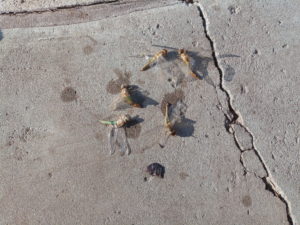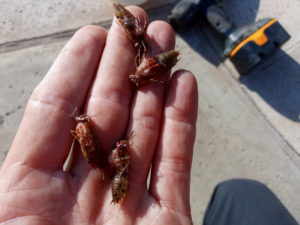Thought some of you might enjoy this. I’m embarrassed that I forgot to mention Diane Kennedy and awesome Finch Frolic Garden www.vegetariat.com/ at the beginning. I’ll do better next time :-) The best to everyone.
www.puravidaaquatic.com/
-
Recent Posts
Recent Comments
- Lyle Lewis on Why I started this.
- We Must Create Safe Zones | Permaculture Blog on Why I started this.
- My Favorite Posts | Permaculture Blog on Do _not_ "LIKE" this!
- Why I started this. | Permaculture Blog on Past OurToxicNationalParks posts
- Why I started this. | Permaculture Blog on What can anyone do about the pesticide use in our national parks.
Archives
- April 2025
- March 2025
- February 2025
- December 2024
- November 2024
- October 2024
- September 2024
- August 2024
- July 2024
- June 2024
- May 2024
- April 2024
- March 2024
- February 2024
- January 2024
- December 2023
- November 2023
- August 2023
- July 2023
- May 2023
- April 2023
- February 2023
- January 2023
- November 2022
- October 2022
- September 2022
- August 2022
- July 2022
- June 2022
- May 2022
- April 2022
- March 2022
- February 2022
- January 2022
- December 2021
- August 2021
- July 2021
- March 2021
- September 2020
- April 2020
- March 2020
- February 2020
- December 2019
- October 2019
- September 2019
- July 2019
- May 2019
- April 2019
- March 2019
- February 2019
- December 2018
- November 2018
- October 2018
- September 2018
- August 2018
- July 2018
- June 2018
- May 2018
- April 2018
- March 2018
- February 2018
- January 2018
- December 2017
- November 2017
- September 2017
- August 2017
- July 2017
- June 2017
- May 2017
- April 2017
- March 2017
- February 2017
- January 2017
- December 2016
- November 2016
- October 2016
- September 2016
- August 2016
- July 2016
- June 2016
- May 2016
- April 2016
- March 2016
- February 2016
- January 2016
- December 2015
- November 2015
- October 2015
- September 2015
- August 2015
- July 2015
- June 2015
- May 2015
- March 2015
- February 2015
- January 2015
- December 2014
- November 2014
- October 2014
- September 2014
- August 2014
- July 2014
- June 2014
- May 2014
- April 2014
- March 2014
- February 2014
- January 2014
- December 2013
- November 2013
- October 2013
- September 2013
- August 2013
- July 2013
- June 2013
- May 2013
- April 2013
- March 2013
- February 2013
- January 2013
- December 2012
- November 2012
- October 2012
Categories
Meta




